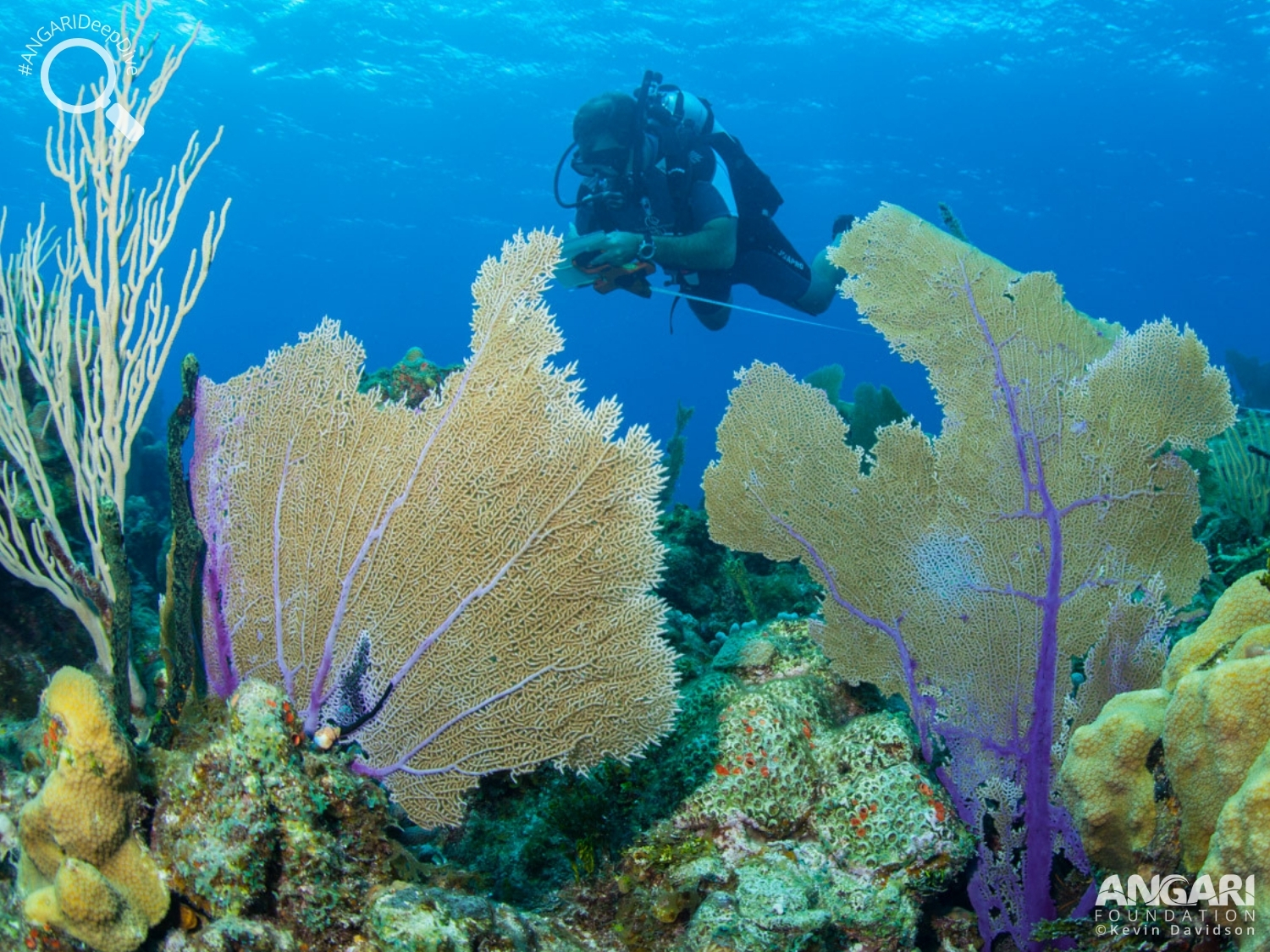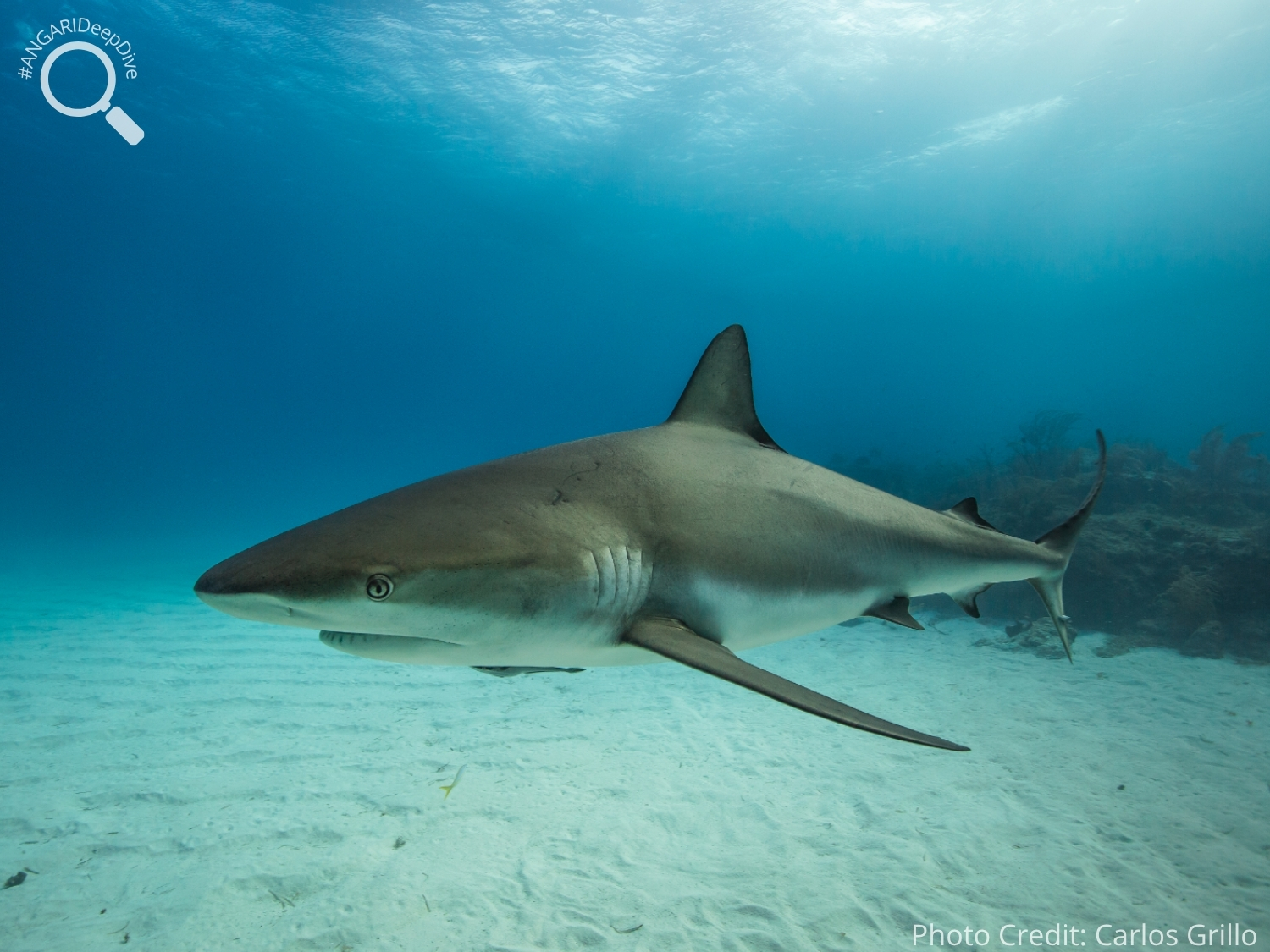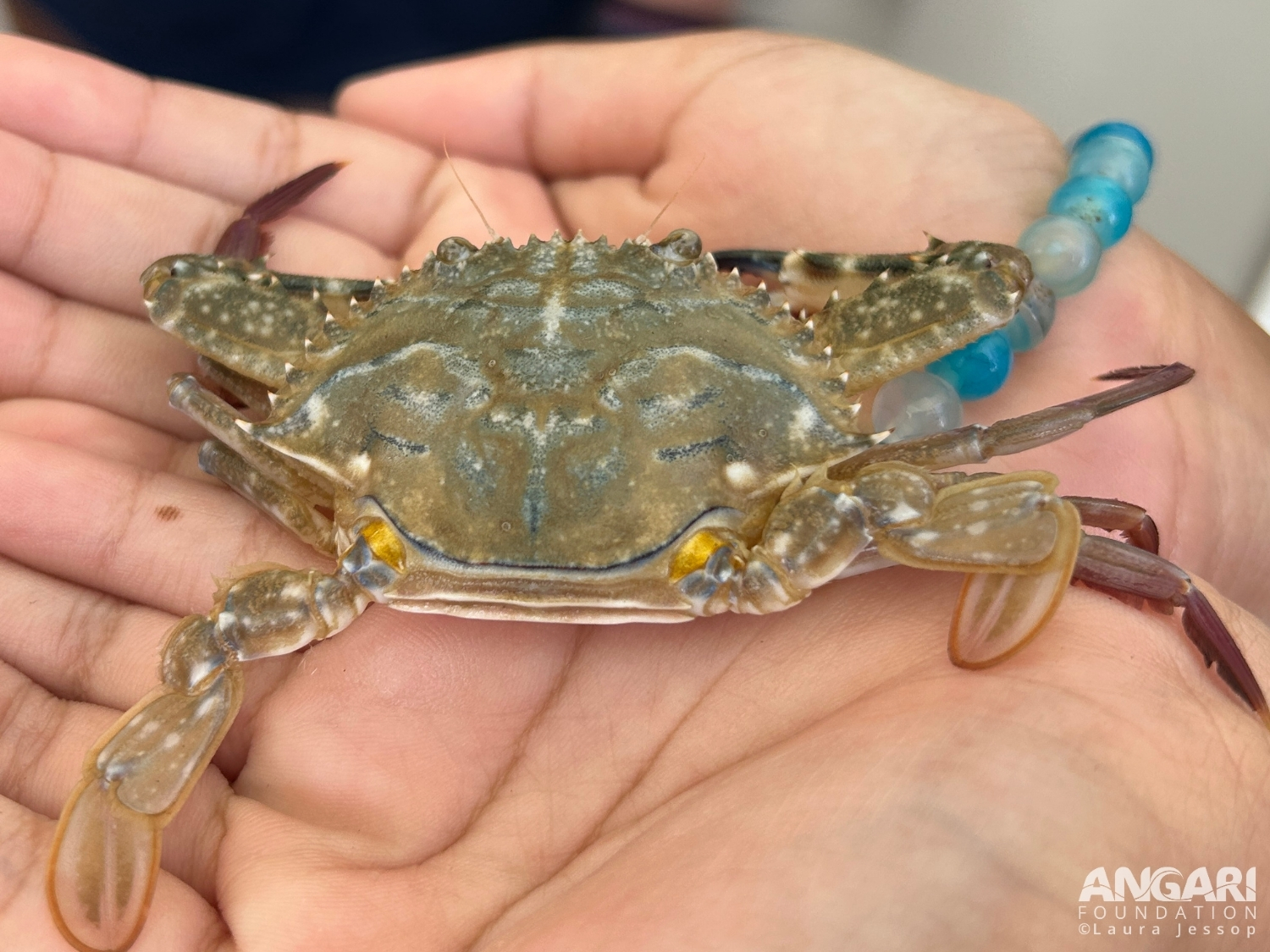Common sea fans are commonly found on coral reefs and can be identified by their purple tissue.
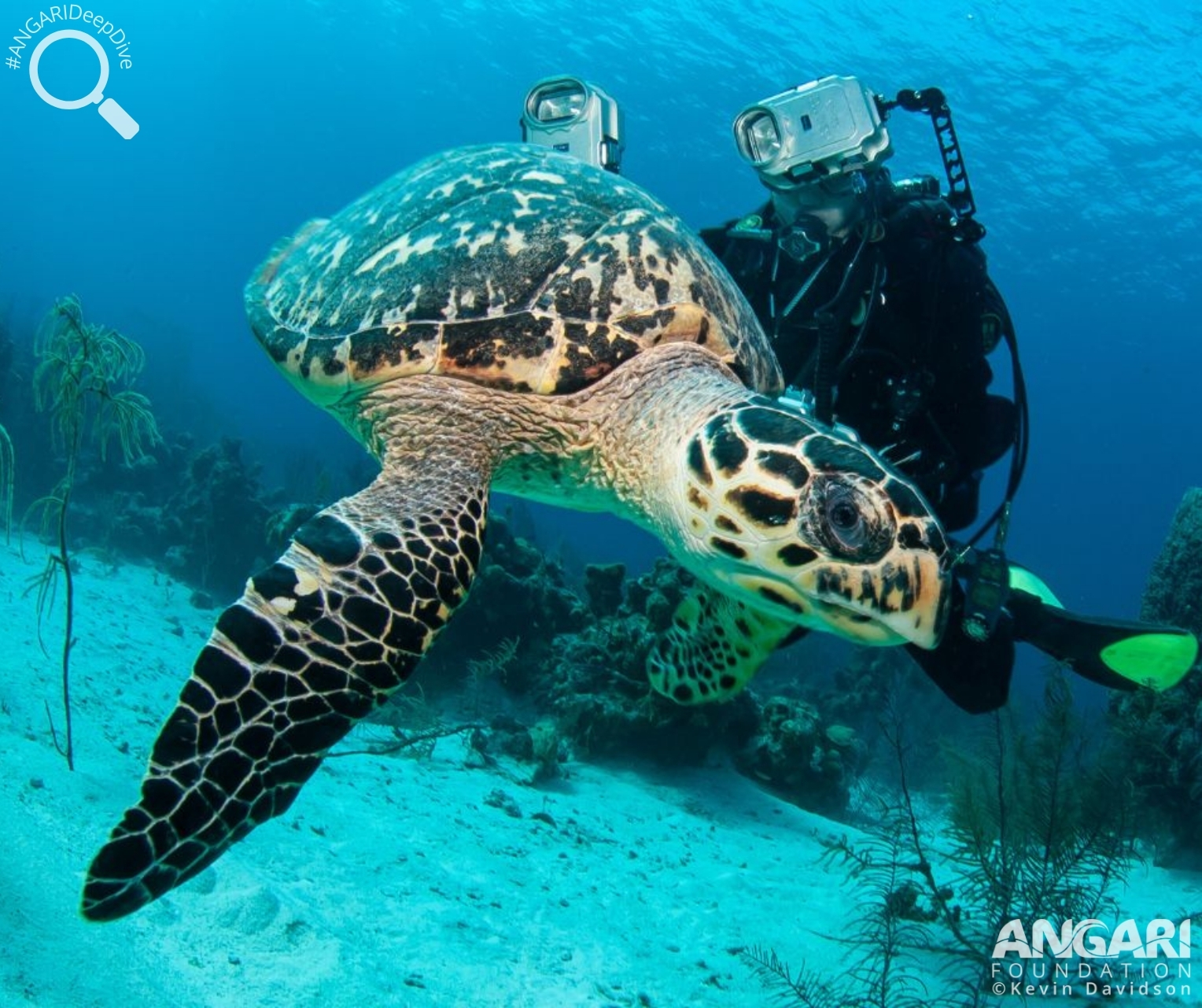
Hawksbill Sea Turtle (Eretmochelys imbricata)
Hawksbill sea turtles (Eretmochelys imbricata) are a species of sea turtle that have identifiable characteristics, such as a beaklike mouth resembling a hawk’s beak and overlapping scutes, the plate-like, hard scales on their carapace. This species of sea turtle is omnivorous, eating both plants and animals, but its diet mainly consists of sea sponges.
#1: How big do hawksbill sea turtles grow?
The hawksbill sea turtle is one of the smaller species of sea turtles in our oceans. On average adult hawksbills will grow to a size of 3 feet in length and can weigh up to 150 pounds.
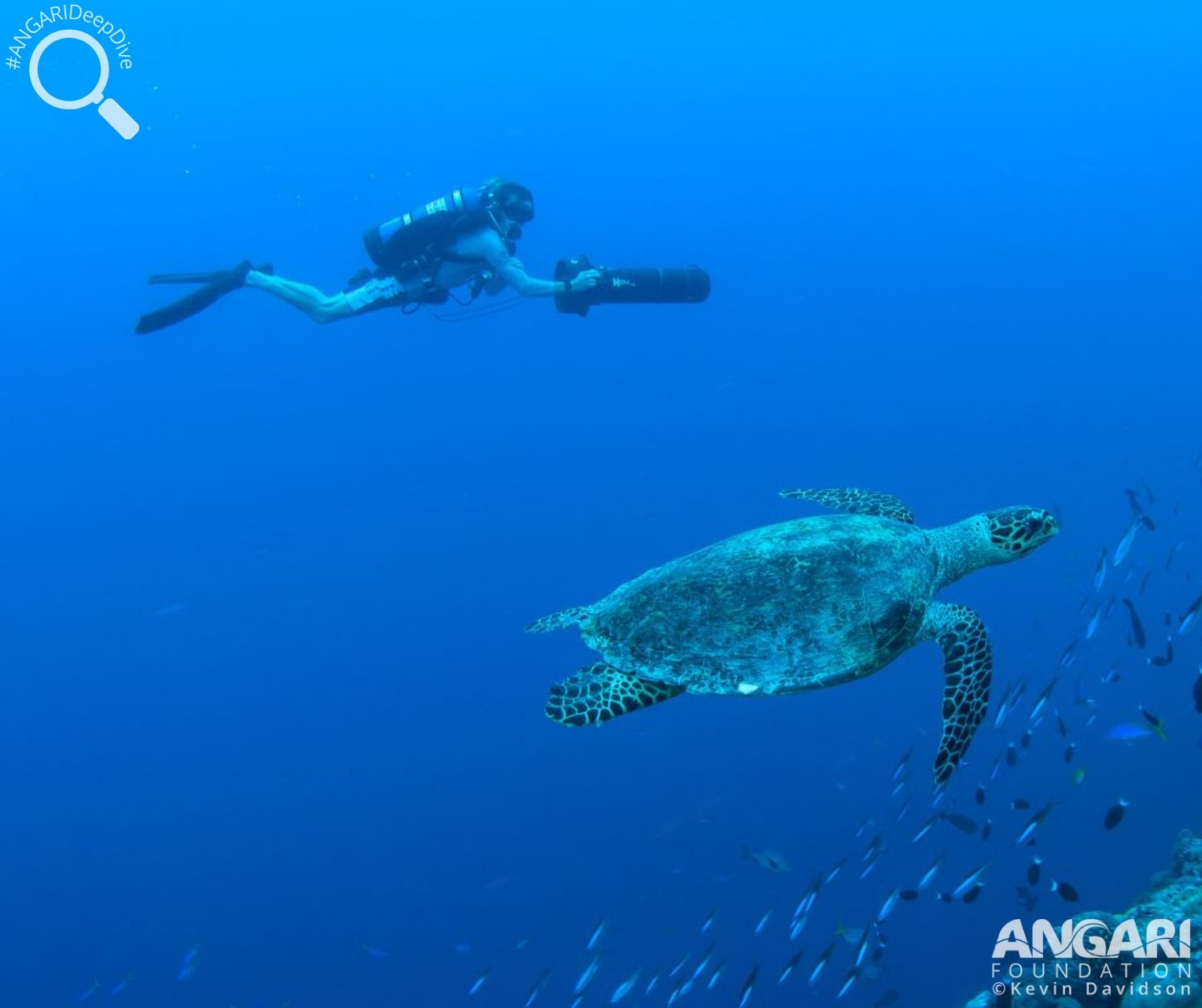
#2: How old does a hawksbill sea turtle get?
The life expectancy of a hawksbill sea turtle is still disputed and not known with one hundred percent certainty; however, it is estimated to be somewhere around 50+ years. It is thought that hawksbills reach sexual maturity between the ages of 20 to 35 years, but this can be influenced by factors like food availability.
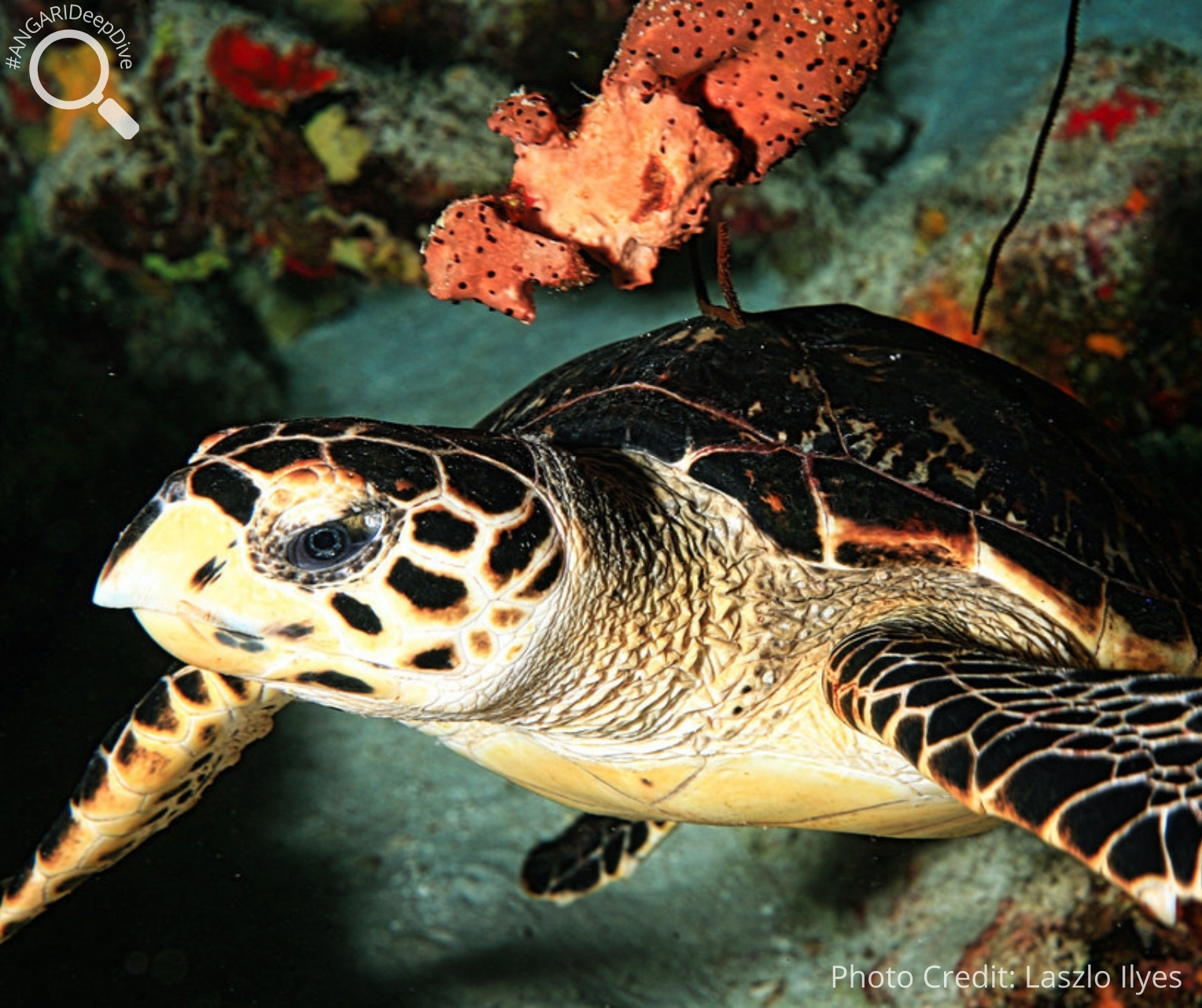
#3: Hawksbill sea turtles aren’t afraid of a long journey.
It is well known that sea turtles migrate many miles each year. Hawksbill sea turtles are no different, and depending on where they are located in the ocean, some will migrate between 500 and 1000 miles in search of foraging and nesting areas in a single year.
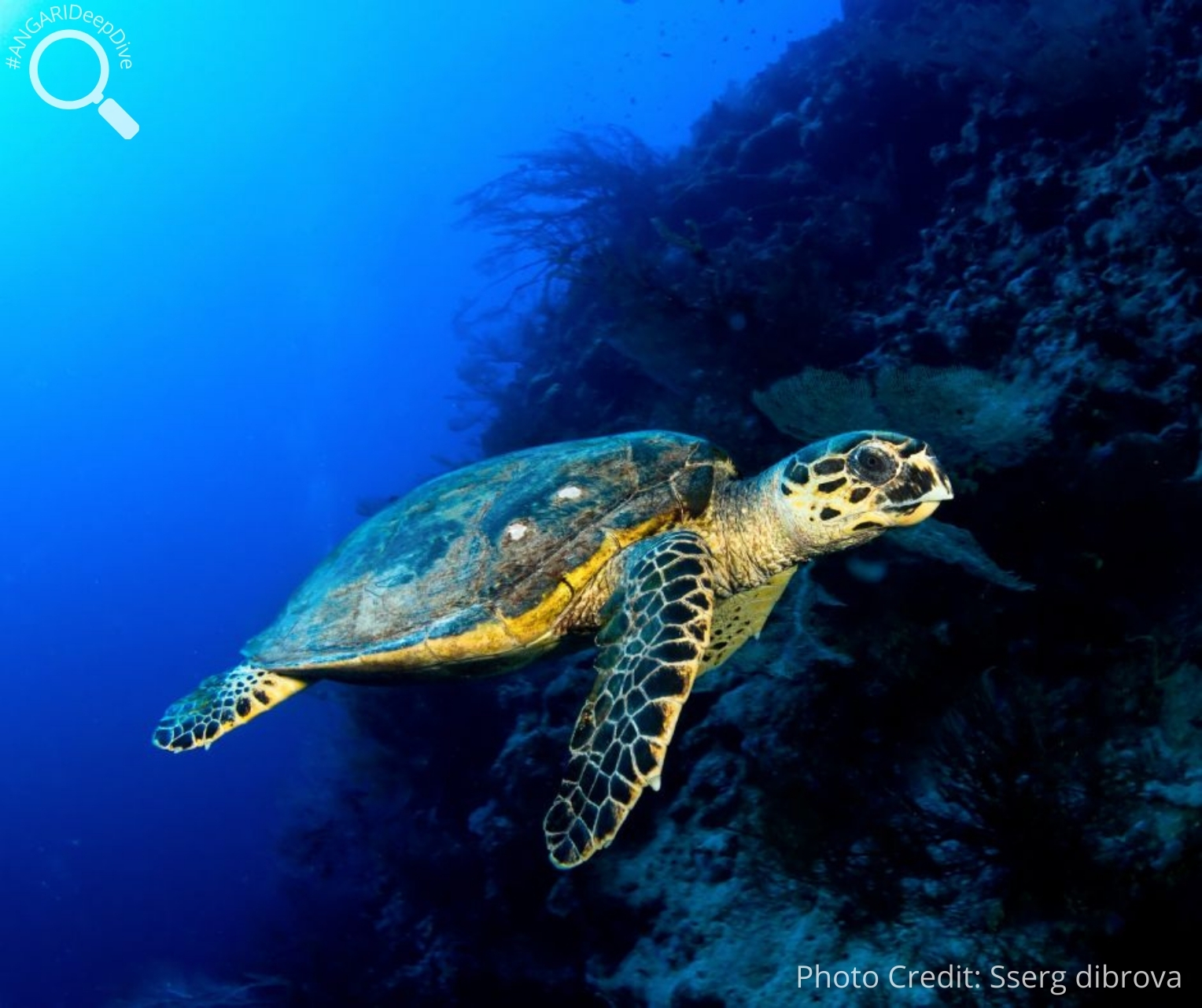
#4: Hawksbill sea turtles are toxin resistant!
Hawksbill sea turtles consume a lot of sponges as part of their diet, and some of these sponges contain toxins that the hawksbill ingests when eating them. While this could be an issue for some animals, the hawksbill sea turtle has adapted for this – its body fat absorbs these toxins and prevents it from getting ill.
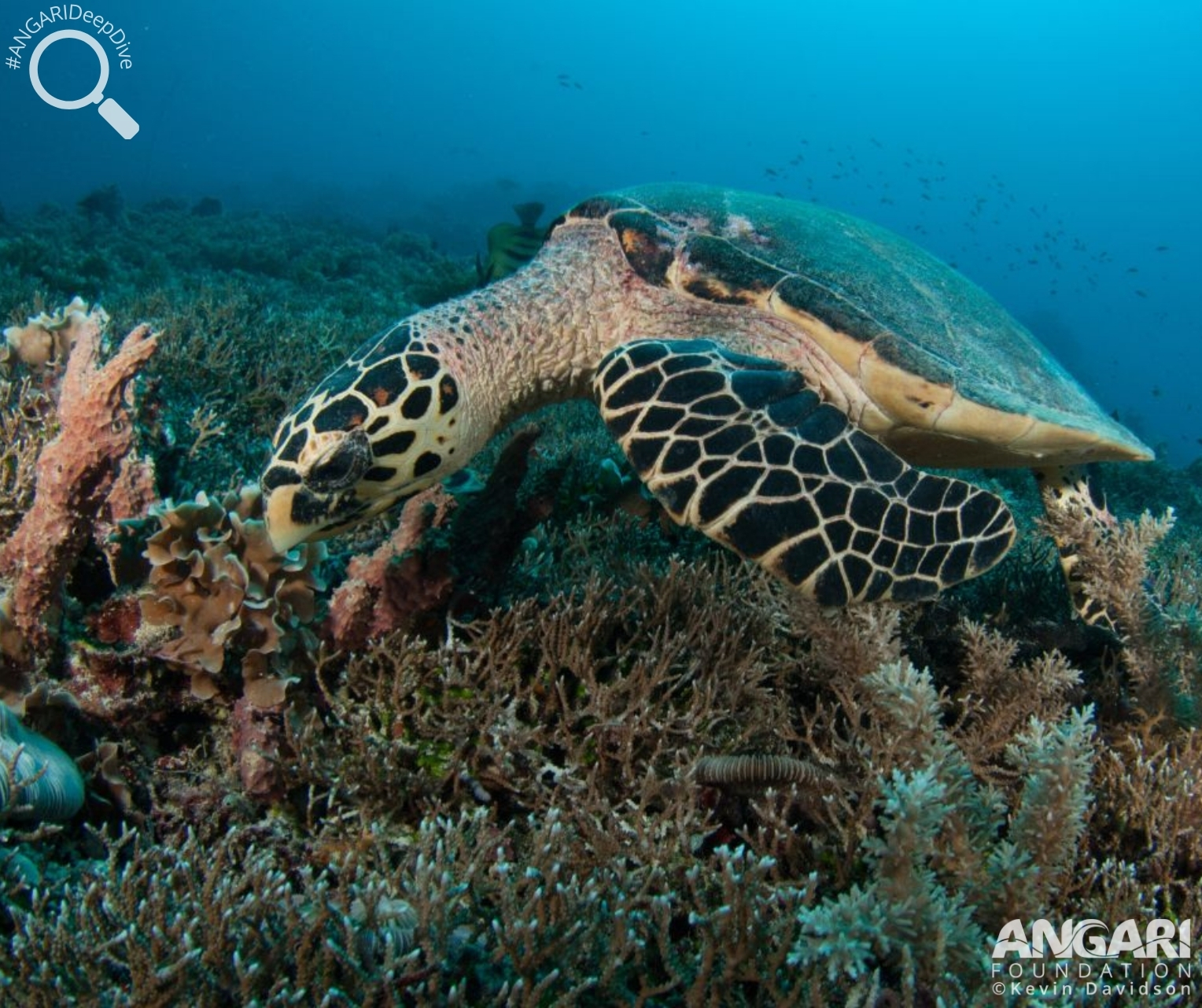
#5: Do you know what a hawksbill sea turtle shell looks like?
The shell, also called the carapace, of a hawksbill sea turtle has some obvious identifiable characteristics. The first identifier is the pattern of the carapace which is a distinctive “tortoiseshell” pattern. This pattern combined with overlapping scutes (scales) on their shell, giving a serrated-look on the edges, makes identifying this sea turtle species easy.
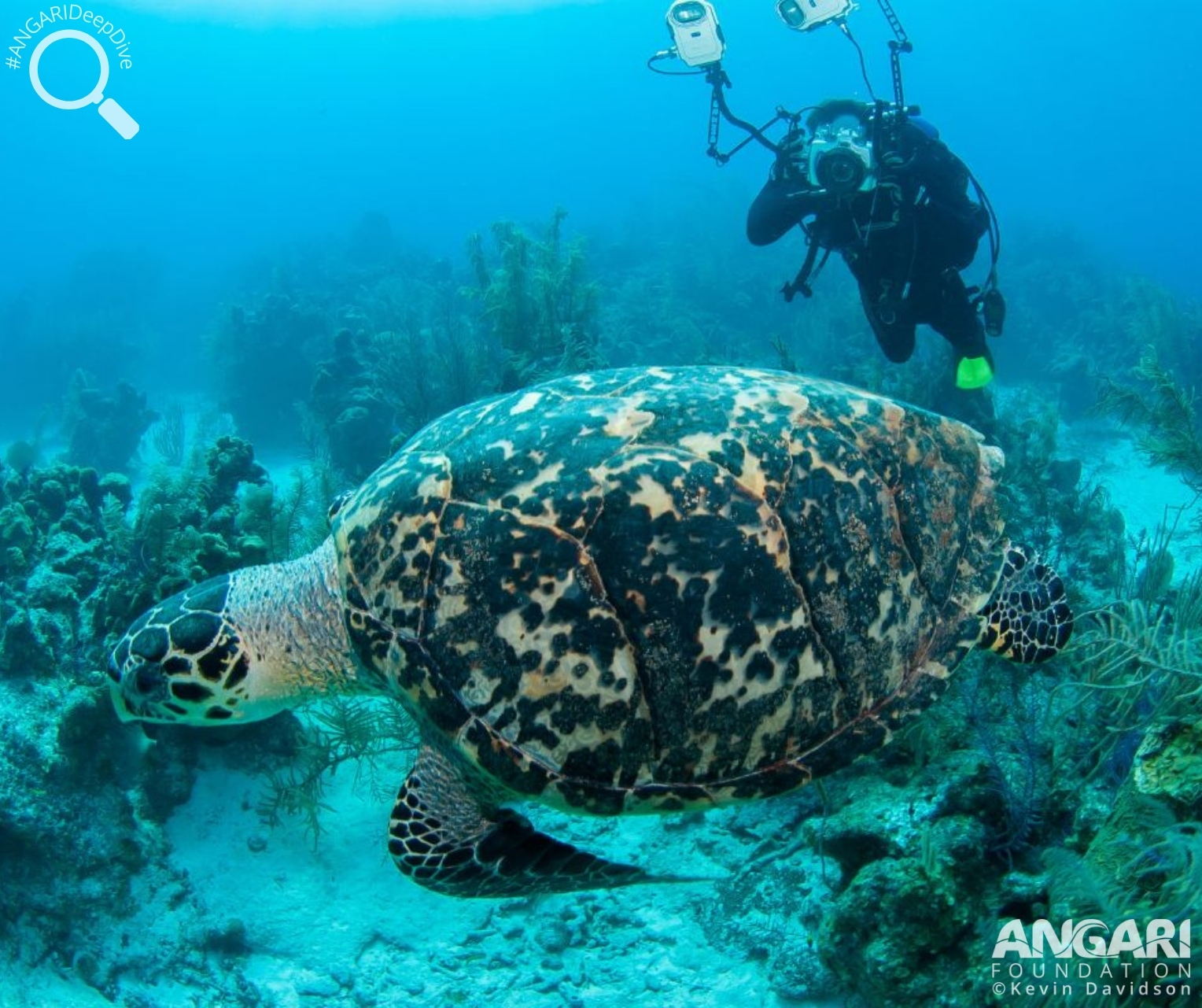
#6: Male and female hawksbill sea turtles differ.
There are some differences between the anatomy of male and female hawksbill sea turtles. Male hawksbill sea turtles have longer claws, thicker tails and brighter coloring compared to the females. These anatomical characteristics are also used to determine what stage of their life the hawksbill is in: hatchling, juvenile or adult.
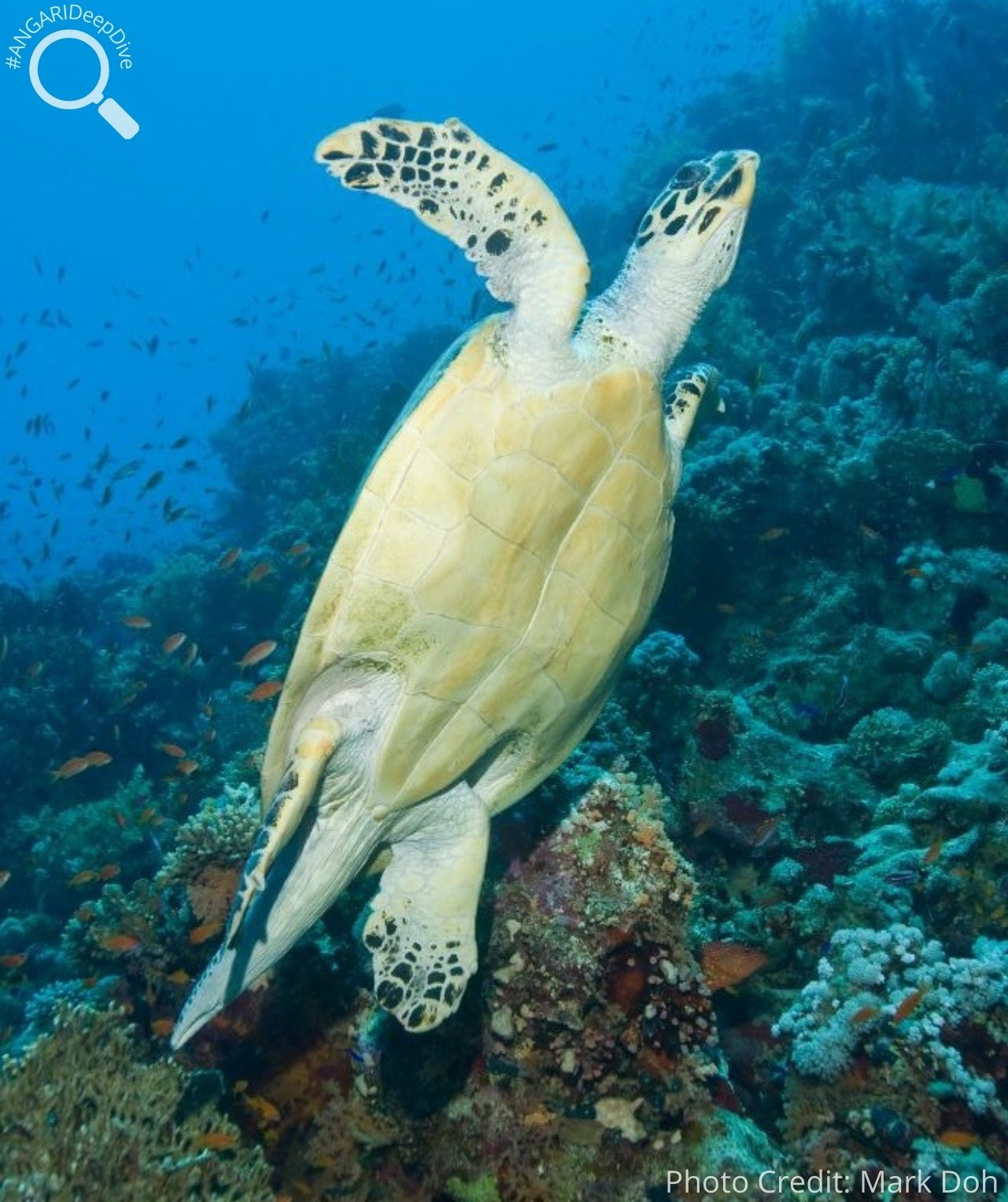
#7: Where do hawksbill sea turtles lay their eggs?
Female hawksbill sea turtles are like most other sea turtle species and return to the beaches where they were born to lay their eggs. These beaches tend to be secluded, making the location of hawksbill nesting beaches hard to determine.
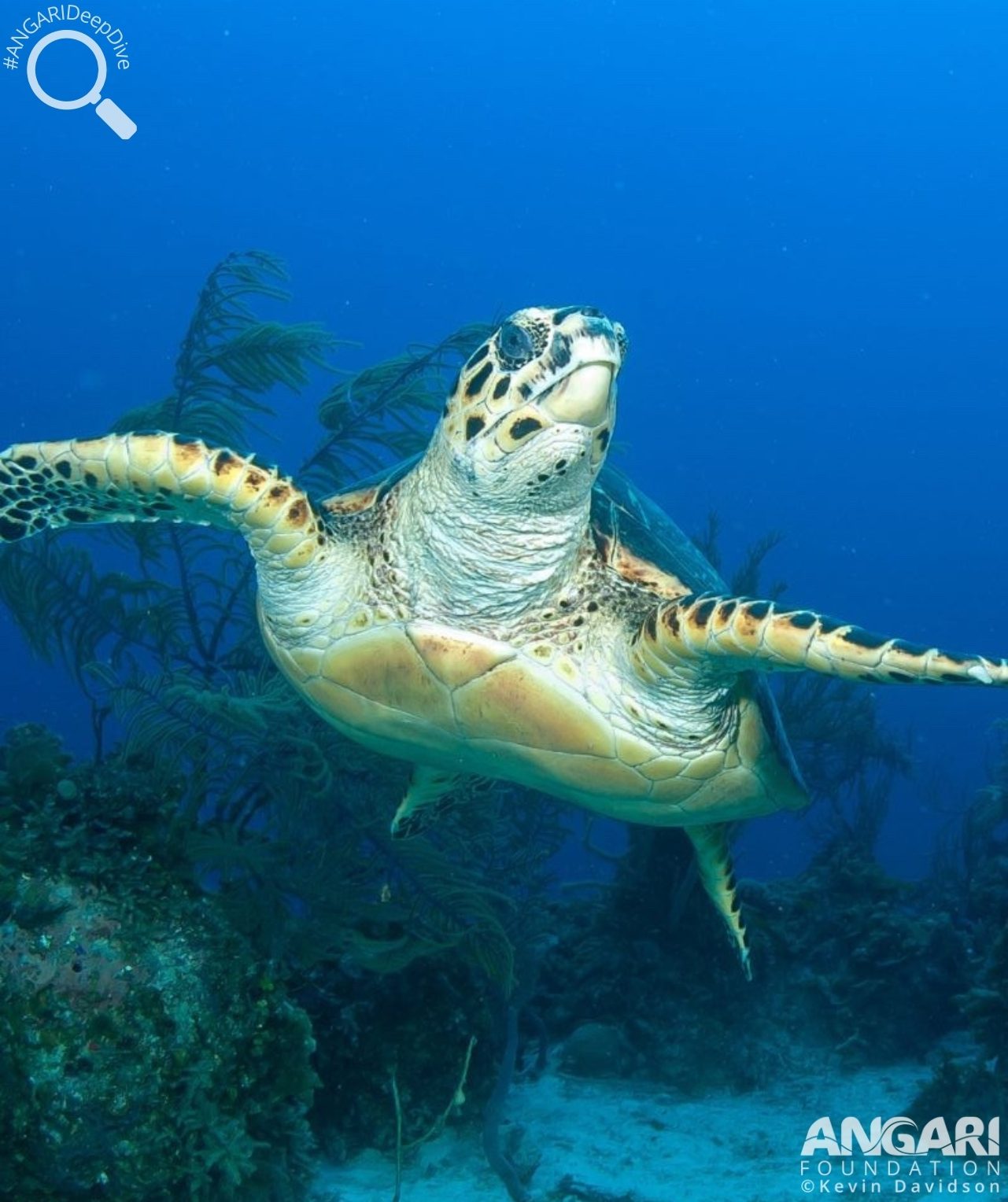
#8: When is the hawksbill sea turtle nesting season?
Nesting season for hawksbill sea turtles can vary based on location; however, most nest hawksbill sea turtles will nest between the months of April and November each year.
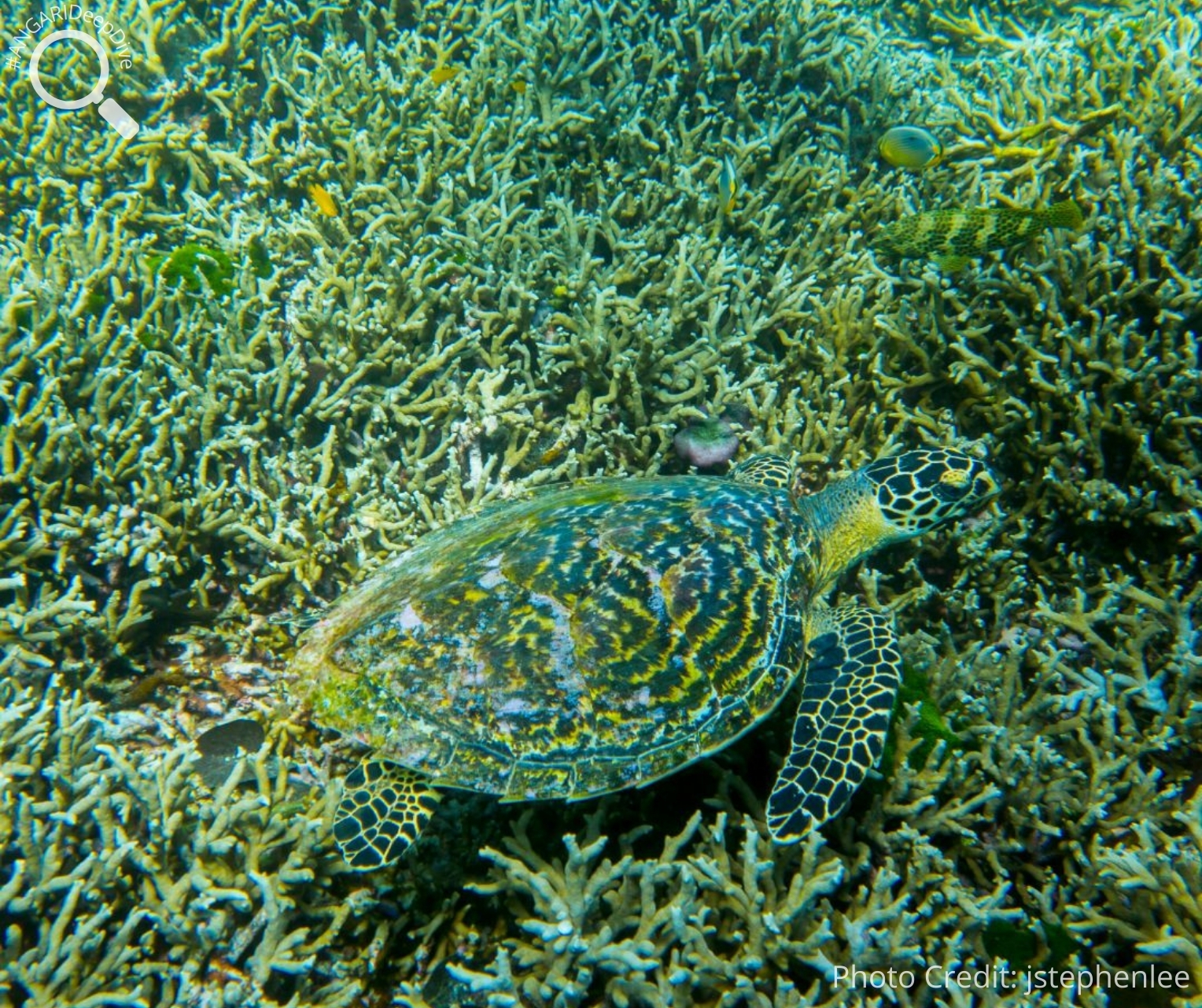
#9: Hawksbill sea turtles lay many eggs!
Once the hawksbill sea turtle has migrated to their nesting beach, they will hang around in that area for a while. This is because they will lay 3-5 nests within a period of time. In each of these nests there is an average of 130 eggs, which will stay incubating for about 60 days. During this time, the temperature of the nest will determine the sex of the hatchlings. If you come across a hatching nest or a nesting female sea turtle please make sure that you don’t disturb them.
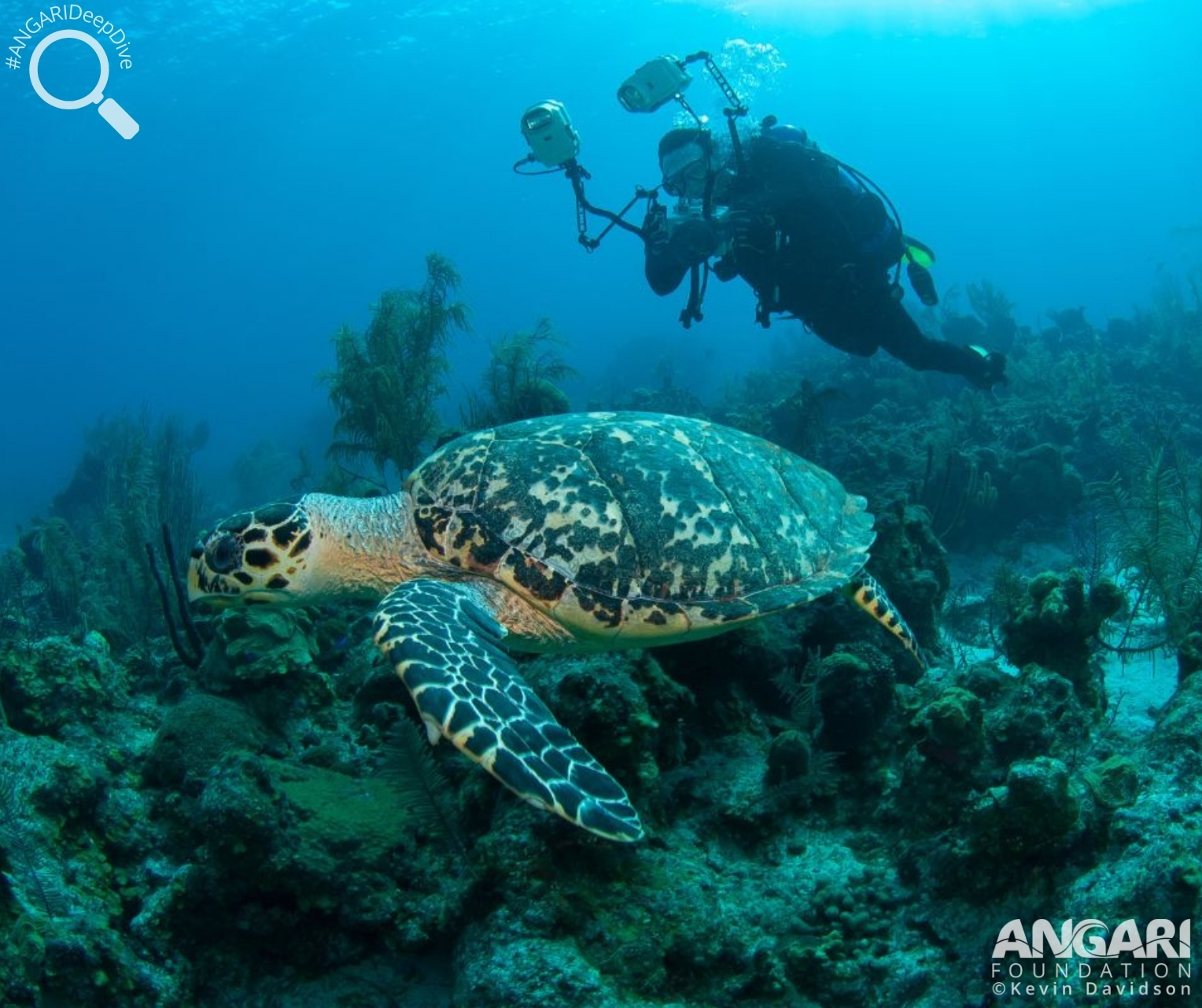
Currently classified by the IUCN as a critically endangered species, the hawksbill sea turtle is facing a lot of threats that are contributing to its declining global population. Some of these threats include: illegal taking and trade of their eggs and shells, fisheries by-catch, marine debris and coastal development that reduces their nesting sites. A big threat they face is marine debris and this is because they ingest it, as a result of mistaking it for food such as jellyfish, and get entangled in it.
If you are in Florida and need to report someone disturbing a sea turtle nest or an injured, dead or harassed sea turtle call Wildlife Alert 888-404-FWCC (888-404-3922) or report it online. Cell phone users can also call *FWC or #FWC, or send a text to [email protected]. Other ways we can help this sea turtle is by reducing our light pollution on nesting beaches, properly dispose of our trash, reduce our single use plastic consumption and protect our coral reefs.
Additional Hawksbill Sea Turtle Resources:
1. Hawaiian Hawksbill Turtles: One of the World’s Most Endangered Sea Turtle Population – NOAA Fisheries
2. Hawksbill Sea Turtle – National Wildlife Federation
3. Hawksbill 3D model – Digital Life

